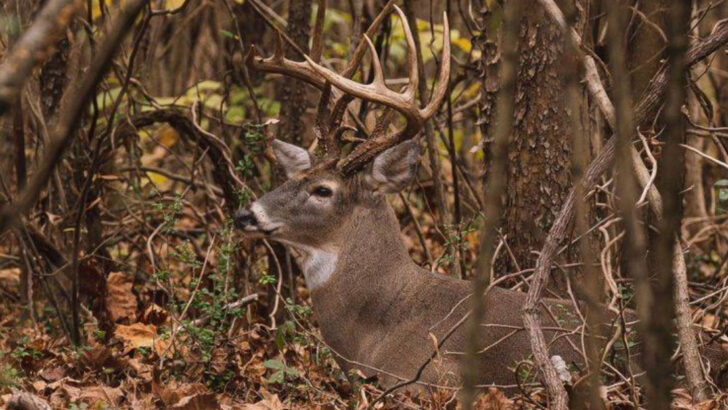They know we’re coming.
Deer don’t just prance through the woods like oblivious woodland ballerinas. When hunting season begins, they flip a switch—and turn into ghost-like masters of survival.
Suddenly, they vanish at sunrise. Their paths twist, their routines shift, and those gentle eyes miss nothing. You might think you know their trail, but by the time you arrive, they’re already long gone.
They’ve learned the rhythm of boots on leaves, the scent of gun oil in the wind, and the rumble of an ATV before it crests a hill. And they adapt—fast.
These graceful creatures aren’t just surviving; they’re playing a high-stakes game of hide-and-seek—and they’re surprisingly good at it.
Let’s take a look at the crafty, clever, and downright impressive ways deer outwit even the most seasoned hunters.
Nocturnal Habits
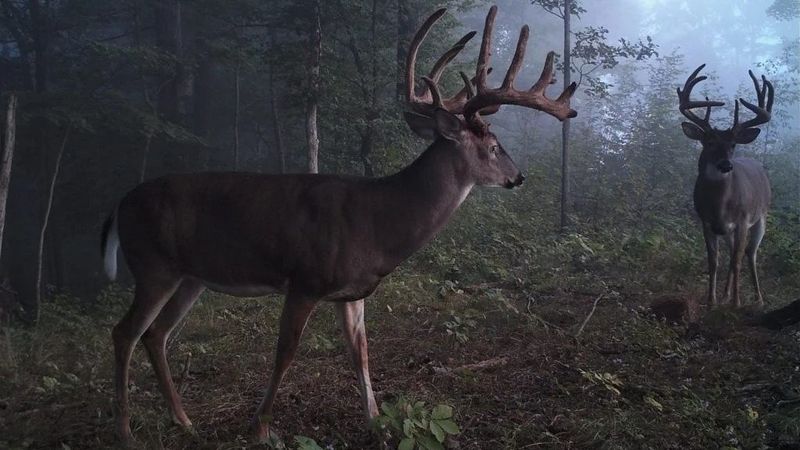
As the sun sets, deer become more active. These creatures of twilight rely on the cover of darkness to move and forage. Their eyes, adapted to low light, help them navigate the dim landscapes. By shifting their activity to nighttime, deer can avoid many daytime hunters.
This behavior is not merely a reaction to human presence but also a natural adaptation to predation. With fewer disturbances at night, deer can focus on feeding and breeding. This nocturnal tendency illustrates their adaptability and survival instinct, emphasizing how they’ve evolved over generations to evade threats effectively.
Heightened Vigilance
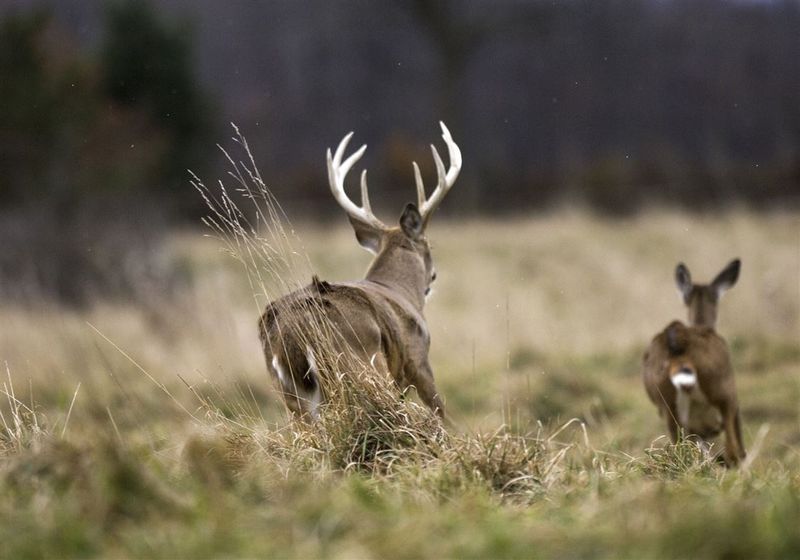
In the heart of the hunting season, deer exhibit an extraordinary level of alertness. Every rustle of leaves or snap of a twig is met with immediate attention. Their finely tuned senses become even more acute, allowing them to detect potential dangers swiftly.
This vigilance is a crucial survival mechanism. With predators lurking, deer must constantly assess their environment. Such awareness ensures they can escape before danger escalates. By amplifying their natural instincts, deer demonstrate an impressive capacity for adaptation, showcasing their ability to remain one step ahead of predators.
Use of Dense Cover
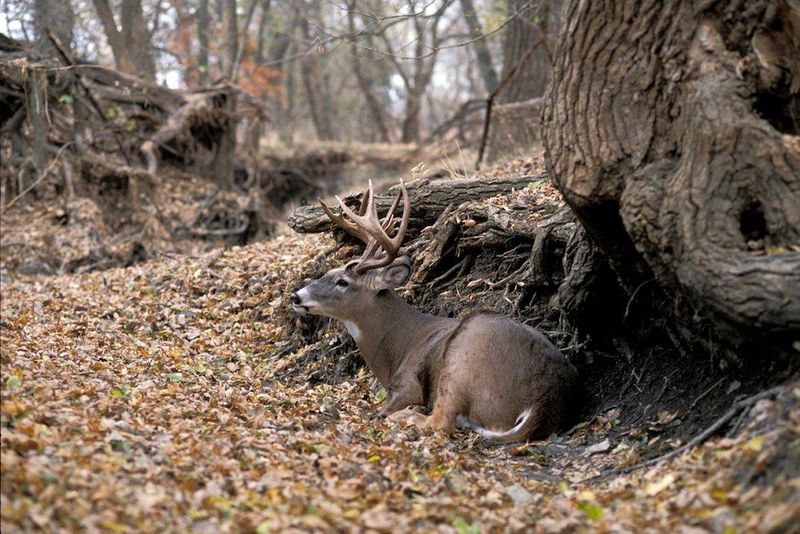
Among the trees and thick underbrush, deer find sanctuary during hunting season. They utilize dense cover to shield themselves from predators. This natural camouflage is vital for their survival, providing both protection and a strategic point to observe their surroundings.
Deer have learned to navigate these tricky terrains with ease, which reduces their visibility to hunters. This behavior highlights their intelligence and adaptability, as they make the most of their environment to remain safe. In these hidden spots, deer can rest and monitor any approaching threats, ensuring their continued survival.
Altered Feeding Patterns
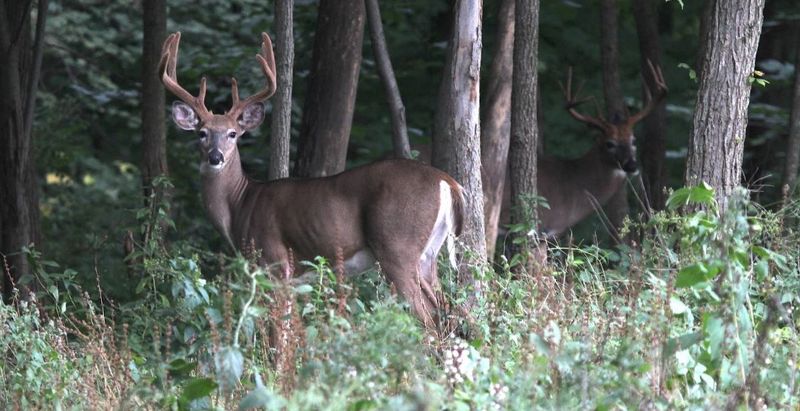
As hunting season approaches, deer adjust their feeding habits. They often graze during off-peak hours, such as dawn or dusk, when threat levels are lower. This change in routine minimizes their exposure to hunters, allowing them to feed with relative safety.
Such adaptability ensures that deer can maintain their energy levels without compromising their security. Their ability to alter feeding patterns demonstrates a deep-rooted survival instinct. By synchronizing their behavior with environmental cues, deer can efficiently manage the risks associated with hunting season.
Strategic Grouping

Safety in numbers is a strategy deer employ during the hunting season. By grouping together, they increase their chances of detecting predators early. Collective vigilance ensures that any sign of danger is quickly communicated among the group.
This social behavior is a testament to their evolutionary success. Grouping not only provides physical protection but also emotional support. Each deer plays a role in the group’s survival, highlighting their interconnectedness. As they move through the landscape, this unity becomes a powerful tool against threats, showcasing their adaptability.
Enhanced Scents and Signs
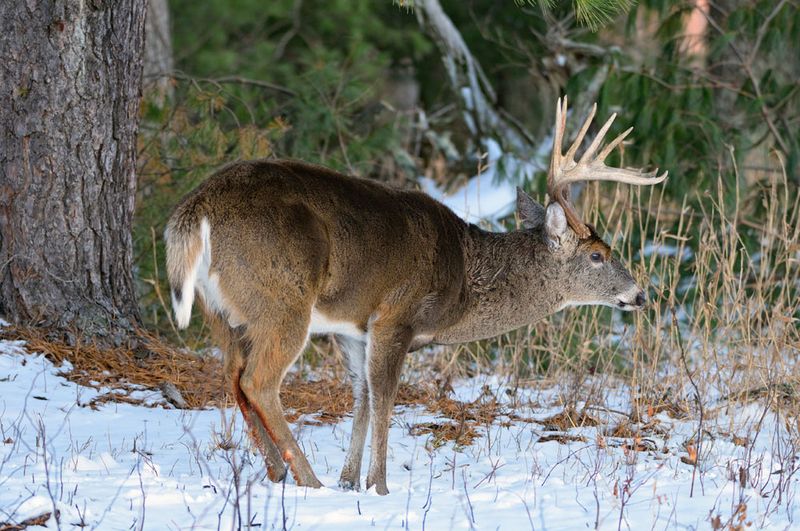
Deer rely on their keen sense of smell to navigate the hunting season. They can detect the scent of predators and humans from a considerable distance. This heightened olfactory ability helps them avoid danger by altering their paths or retreating into safer areas.
Their sense of smell acts as a crucial early-warning system. It allows them to gather information about their environment and respond accordingly. By enhancing their natural instincts, deer manage to outsmart threats. This olfactory intelligence ensures that they remain vigilant and responsive throughout the season.
Silent Movement
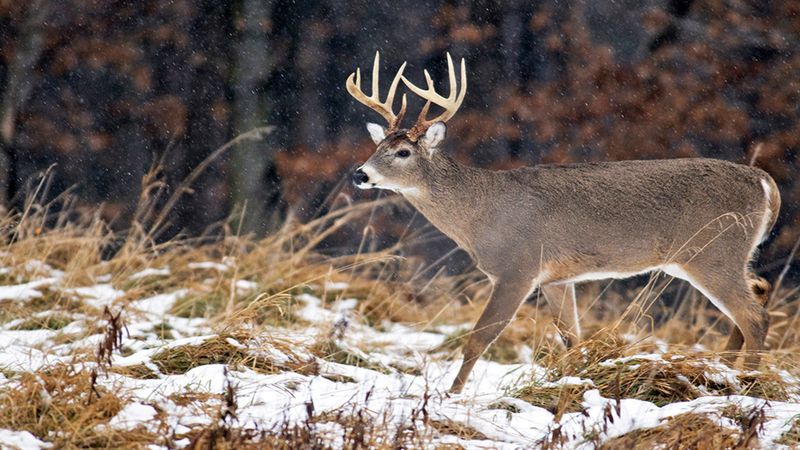
Stealth is an essential skill deer use to evade hunters. Their ability to move silently through the forest is remarkable. By placing their hooves carefully, they minimize noise, reducing the chances of alerting predators.
This silent movement is a testament to their agility and awareness. It’s a learned behavior that enhances their ability to survive. By mastering the art of quiet travel, deer can explore their habitat without drawing unwanted attention. Such stealth is a critical component of their survival strategy, emphasizing their adaptability and intelligence.
Trail Avoidance

Avoiding established trails is a tactic deer use during hunting season. These paths are often frequented by hunters, making them risky for deer to traverse. By creating new routes through less accessible areas, deer reduce their chances of encounters with predators.
This behavior illustrates their strategic thinking and adaptability. By avoiding predictable patterns, deer can navigate their environment with greater safety. Their willingness to forge new paths reflects their resilience and determination to survive, demonstrating an impressive understanding of their habitat and its risks.
Heightened Auditory Senses
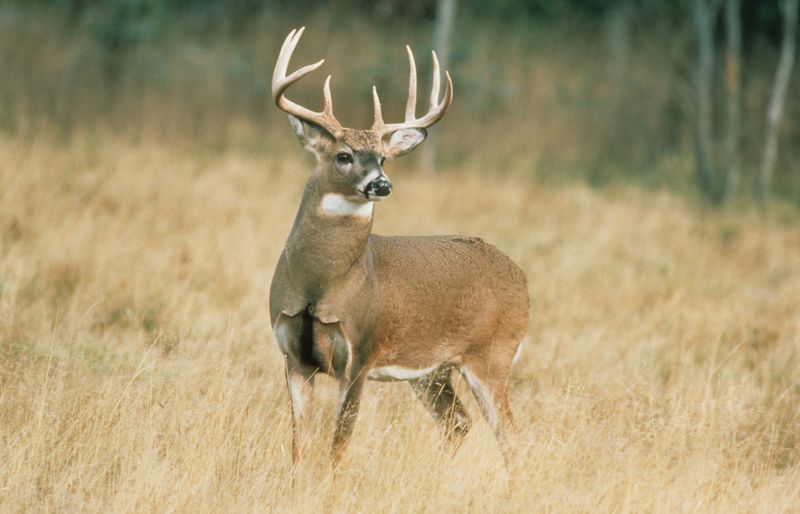
The ability to hear even the faintest sounds is crucial for deer during hunting season. Their large, sensitive ears can pinpoint the direction of potential threats, allowing them to react swiftly. This enhanced auditory sense is a vital survival tool.
With predators often relying on surprise, deer must remain constantly alert. Their acute hearing helps them detect anything unusual in their environment. By leveraging this sense, deer can evade dangers more effectively, showcasing their evolutionary adaptability. This auditory awareness is essential for their resilience in challenging conditions.
Memory of Safe Zones
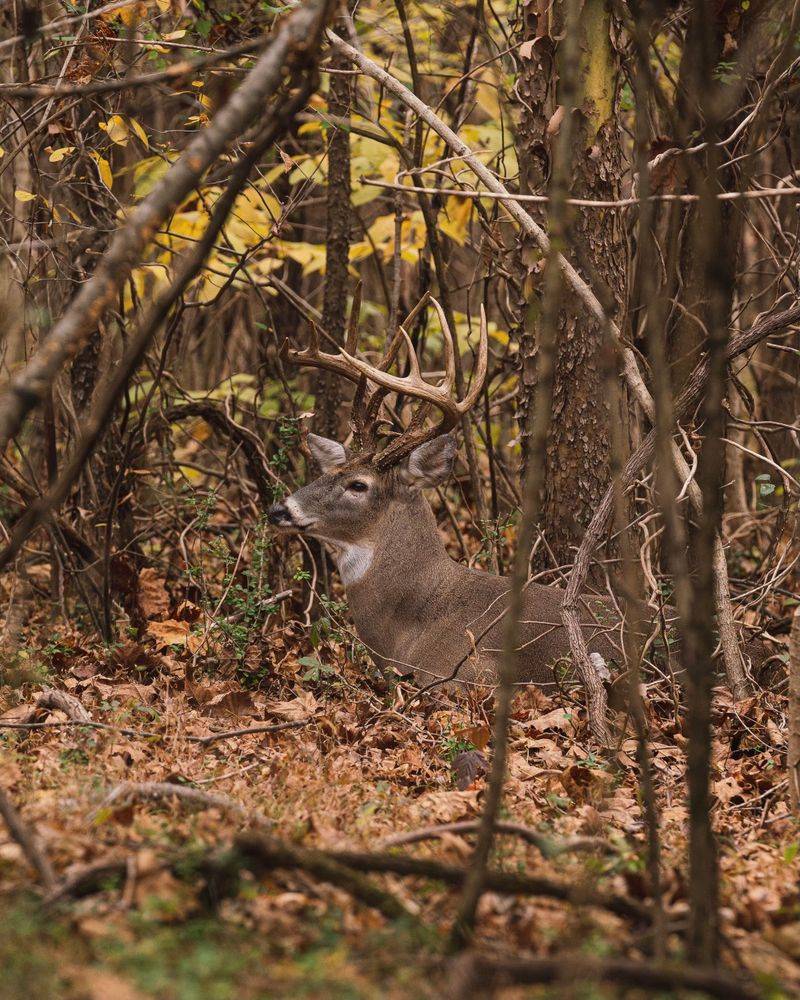
Deer possess an impressive memory of safe zones within their habitat. These areas, known for offering protection, become crucial during hunting season. By recalling and returning to these safe zones, deer can avoid high-risk areas.
This memory-driven behavior highlights their intelligence and adaptability. Deer utilize these zones to rest and regroup, ensuring they remain out of harm’s way. Their ability to remember and navigate to these areas is a testament to their survival instincts, showcasing how they effectively manage their environment.
Seasonal Migration
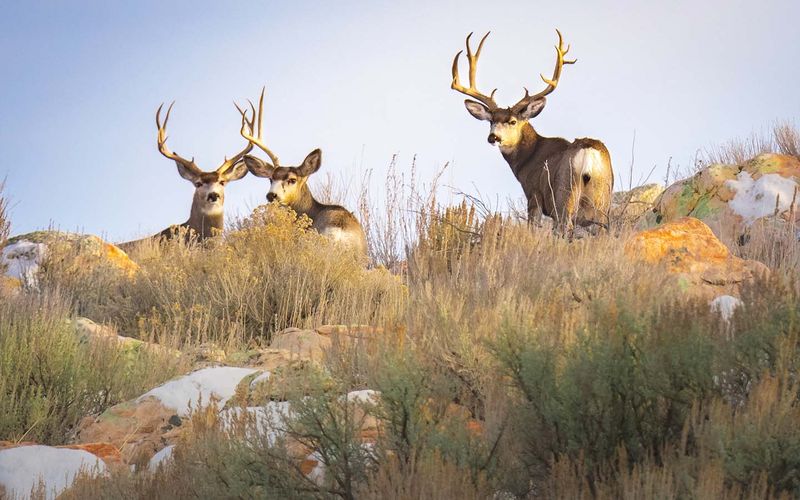
Migration is a significant adaptation for deer, providing safety during hunting season. Moving to less accessible areas or regions with lower human activity reduces their risk of encounters with predators. Seasonal migration reflects their ability to adapt to environmental changes creatively.
By following instinctual routes, deer ensure they reach safe havens. This behavior showcases their resilience and strategic thinking. Migration is not just about survival but also about maintaining their natural cycles and habitats, highlighting their adaptability and intelligence.
Camouflage Skills
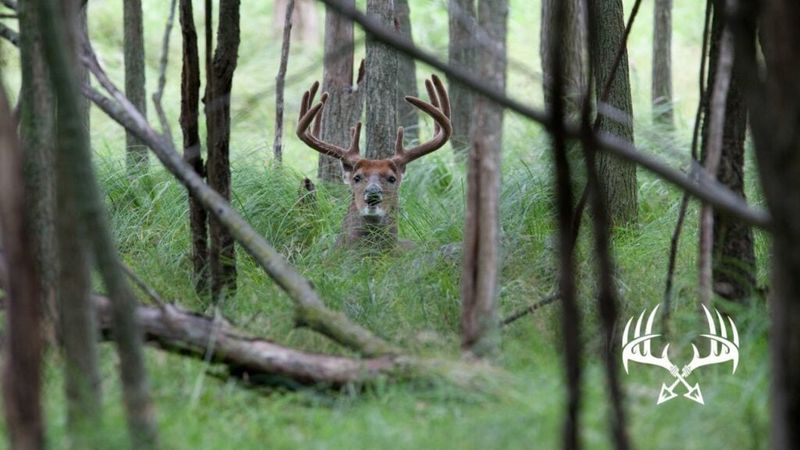
Deer have a natural ability to blend into their surroundings, which becomes even more crucial during hunting season. Their coats, often matching the colors of their environment, provide excellent camouflage.
This ability to remain unseen is vital for avoiding predators. By adapting their behavior to stay motionless when necessary, deer can effectively use their camouflage to their advantage. This skill highlights their evolutionary success, showcasing how they utilize their environment to remain safe and undetected.
Quick Reflexes
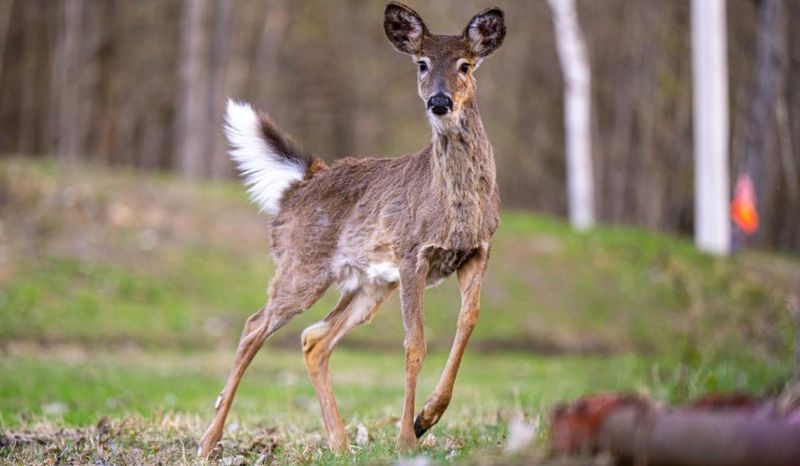
Reflexes play a pivotal role in a deer’s survival strategy. The ability to react quickly to threats allows them to escape danger almost instantly. Their muscular build supports rapid bursts of speed and agility.
This physical adaptation is essential during hunting season, where the margin for error is slim. Quick reflexes ensure they can evade predators effectively. This agility and speed underline their evolutionary success, showcasing their ability to adapt to various challenges in their environment.
Parenting Instincts
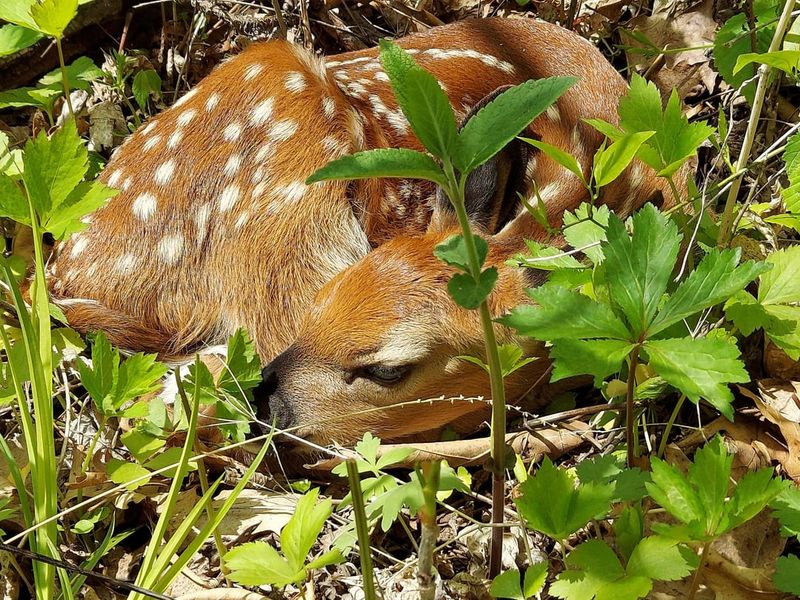
Deer mothers exhibit strong protective instincts during hunting season. Ensuring the safety of their young is paramount. They teach fawns to be cautious and aware, often leading them to safe zones.
This nurturing behavior highlights the emotional depth and intelligence of deer. By instilling survival instincts in their offspring, they ensure the next generation is equipped to handle threats. This maternal care underscores the importance of family bonds and the role they play in the survival of the species.
Adaptation to Human Presence
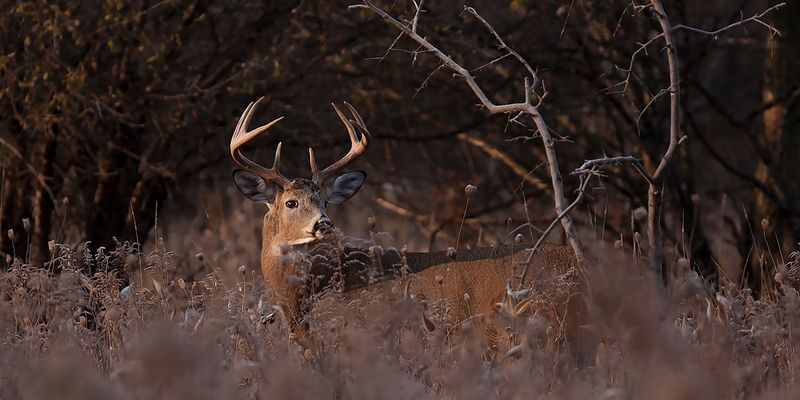
Deer have become increasingly adept at recognizing and responding to human presence. During hunting season, this awareness becomes a significant survival tool. By understanding human behavior and patterns, deer can adjust their own actions accordingly.
This interaction highlights their adaptability and intelligence. By staying aware of potential threats, deer can avoid dangerous encounters. This behavior underscores their ability to learn and adapt, ensuring they remain resilient in changing environments.

